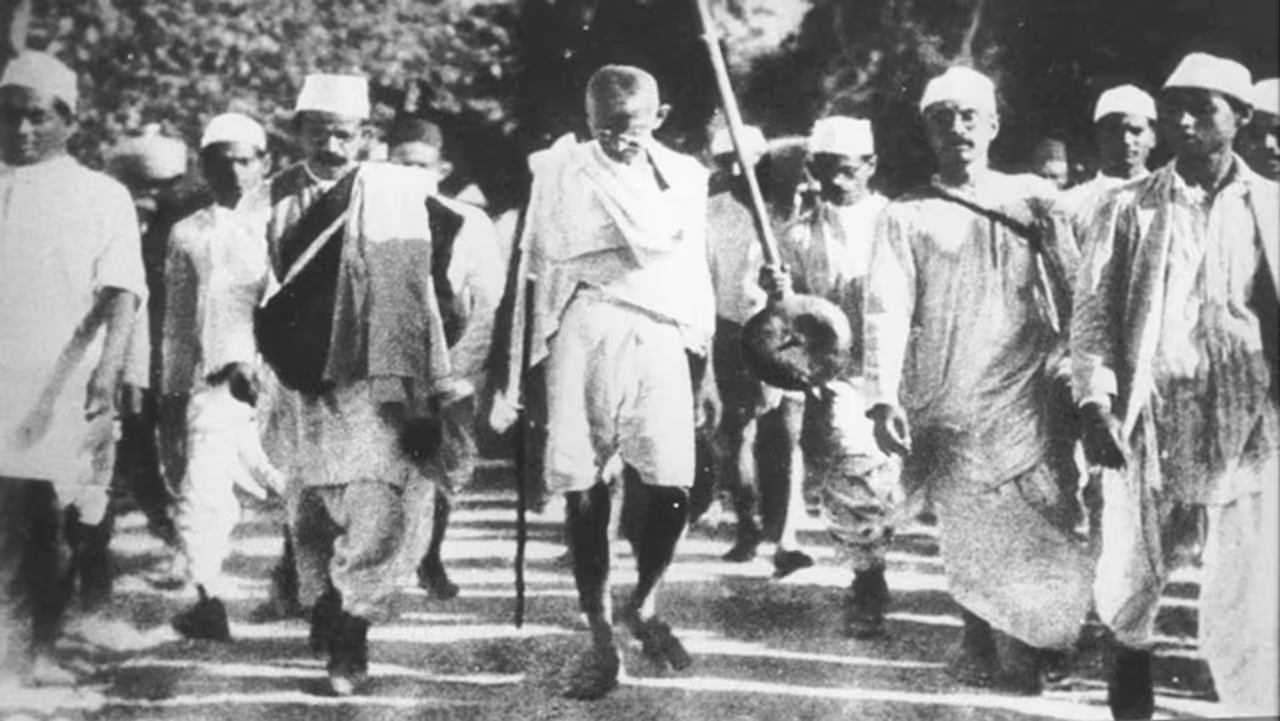The Hit List: India's four high-profile assassinations
This article sheds light on four significant political assassinations in Indian history - the assassinations of Mahatma Gandhi, Indira Gandhi, Rajiv Gandhi, and Deendayal Upadhyaya.

Mahatma Gandhi (1948)
The assassination of the Father of the Nation, Mahatma Gandhi in independent India shook the entire nation. He was shot dead by Nathuram Godse on 30 January 1948. Gandhiji was fasting at that time to stop the communal violence in India. Godse, who disagreed with Gandhi's policies and views, shot and killed him.

Indira Gandhi (1984)
India's first and only woman Prime Minister, Indira Gandhi, was assassinated on October 31, 1984, by her bodyguards, Satwant Singh and Beant Singh. The assassination was motivated by the anger within the Sikh community over Operation Blue Star, a military operation aimed at removing militants from the Golden Temple. The operation caused significant damage to the sacred site, fueling the community's outrage. In the aftermath of Gandhi's assassination, widespread riots erupted across the country, leading to the massacre of hundreds of Sikhs.
Rajiv Gandhi (1991)
Former Prime Minister Rajiv Gandhi was blown up by a suicide bomber during an election rally. Rajiv was assassinated on 21 May 1991 in Sriperumbudur, Tamil Nadu. He was holding an election rally. Suicide bomber Dhanu blew himself up while garlanding him. It was carried out by 22-year-old Kalaivani Rajaratnam (popularly known by her assumed names Thenmozhi Rajaratnam and Dhanu), a member of the banned Sri Lankan Tamil separatist rebel organization Liberation Tigers of Tamil Eelam (LTTE).
The LTTE, which was active in Sri Lanka, was angered by the sending of the Indian Peace Keeping Force by Rajiv Gandhi.
Deendayal Upadhyaya (1968)
The body of Deendayal Upadhyaya, a prominent leader of the Bharatiya Jana Sangh, was found under mysterious circumstances. Deendayal Upadhyaya's body was found on a railway track near Mughalsarai railway station on 11 February 1968.
Stay updated with the Breaking News Today and Latest News from across India and around the world. Get real-time updates, in-depth analysis, and comprehensive coverage of India News, World News, Indian Defence News, Kerala News, and Karnataka News. From politics to current affairs, follow every major story as it unfolds. Get real time updates from IMDon major cities' weather forecasts, including Rain alerts, Cyclonewarnings, and temperature trends. Download the Asianet News Official App for accurate and timely weather updates anytime, anywhere.